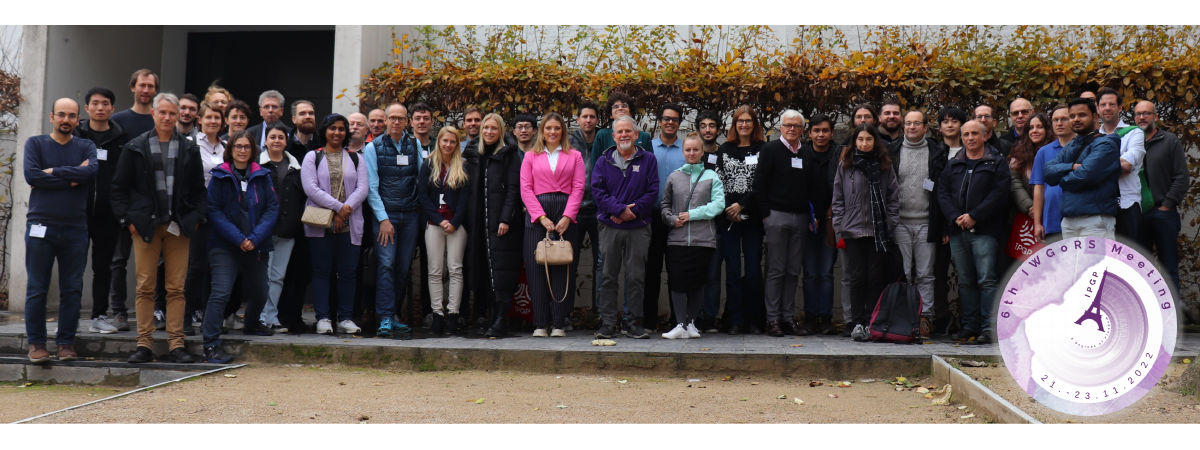Environmental Effects in Rotation Data from the Large Laser-Gyroscope “G”
A. Gebauer, U. Schreiber, T. Klügel
Large laser gyroscopes allow the observation of the global rotation rate of the Earth and provide a direct reference to the instantaneous axis of rotation with high temporal resolution. This measurement method is independent and complementary to the VLBI technique, because it does not depend on external reference objects. Long periodic signals from geophysical processes are analyzed in the measured datasets Thus more geophysical processes both on global and local scale become visible. The time series of the measurements also contain irregular transient signals of different origin and magnitude. Several studies were carried out to identify the origin of these signals. First studies showed that the contribution of barometric loading is too small to account for the observed rotational signals. Then the effect of wind load on a local scale was studied. A detailed Finite-Element (FE) Model was developed with a dimension of about 10 km x 10 km and a minimum height of about 2 km. The topography is derived from a digital terrain model (DTM) of 25 m spatial resolution. Depending on the topography and land use the measured wind force loads the model. The results yields rotations in comparable order of magnitude as the observed ring laser data in the period ranging from about 30 seconds to several minutes.
.png)